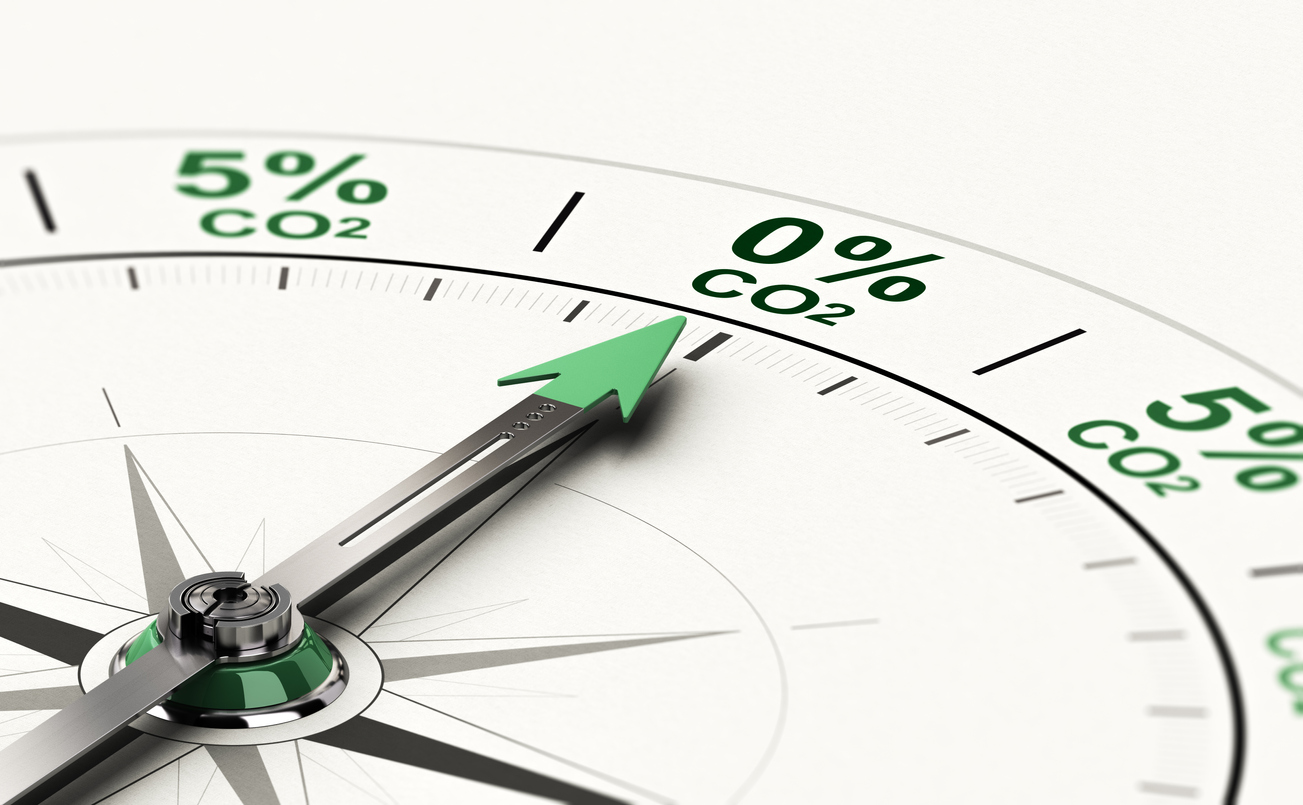
January 12, 2022
The country’s energy economy is making an aggressive shift towards greener fuels
Expanding biofuel production, increasing hydrogen supply, and bringing in stringent decarbonisation regulations are also part of the government’s green energy move
Increasing the rail freight capacity, larger numbers of metro rail projects, improved technology at thermal plants, finishing railway electrification, and a faster BSVI transition will aid in achieving decarbonisation goals
The country has reiterated its commitment to achieving 500 GW of installed electricity capacity from non-fossil fuel sources by 2030

India’s decarbonisation space is expected to witness a capex of US$ 395 billion by 2030 as the country’s energy economy makes an aggressive shift towards greener fuels, according to a report by a brokerage firm. It must be noted that India had committed to achieve 40% of installed electricity capacity from non-fossil energy sources by 2030 as part of its nationally determined contributions in the 2015 COP21 conference in Paris. However, this target was achieved in November 2021, with the installed non-fossil fuels based installed energy capacity reaching 156.83 GW – or 40.1% – of the total installed capacity of 390.8 GW
Decarbonisation entails limiting diesel intake, increasing natural gas supply and consumption, pushing fledgling private sectors to achieve net-zero, enhancing energy efficiency by privatising the country’s power distribution, and improving water treatment facilities.
Expanding biofuel production, increasing hydrogen supply, and bringing in stringent decarbonisation regulations are also part of the government’s green energy movement. The Union Ministry of New and Renewable Energy has reiterated its commitment to achieving 500 GW of installed electricity capacity from non-fossil fuel sources by 2030. Therefore, expanding the rail freight capacity, a greater number of metro rail projects that will reduce diesel-powered public transport, enhancing technology at thermal plants, finishing railway electrification, and a faster Bharat Stage6 (BSVI) transition will also aid in achieving the decarbonisation goals.